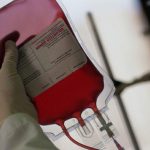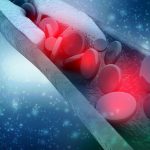
Bottled vitamins might seem a convenient way to get all the important nutrients, but the best delivery method is still just eating actual healthy food. “We have plenty of studies showing that when we look at food as the bioavailable source of certain nutrients of vitamins and minerals, they tend to be one of the best options,” said Kristin Kirkpatrick, a registered dietitian with Cleveland Clinic, in Ohio. For example, you can take a capsule of fish oil, but eating wild fatty fish makes it easier to control what you’re getting. The supplement industry isn’t regulated in the same way as food. Kirkpatrick suggested that the best way to get a mix of vitamins and minerals is eating more colorful foods. Aim for getting six different colorful foods in your diet daily. A bowl of oatmeal can help get one color. Adding blueberries is a second one. Even coffee counts. The beverage is loaded with antioxidants. Check with your doctor about whether you might be deficient in certain vitamins, Kirkpatrick advised. Vitamin D, in particular, is one that may require taking a supplement to get enough of it. “Vitamin D is typically poorly absorbed through food,” Kirkpatrick explained in a clinic news release. “A D3 supplement is more mimicking the UV rays of the sun, that’s where we get the best vitamin D.” More information… read on > read on >





























-300x200.jpg)







-300x169.jpg)
